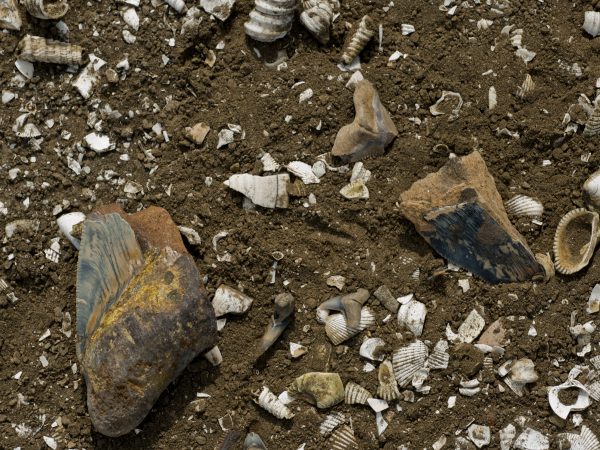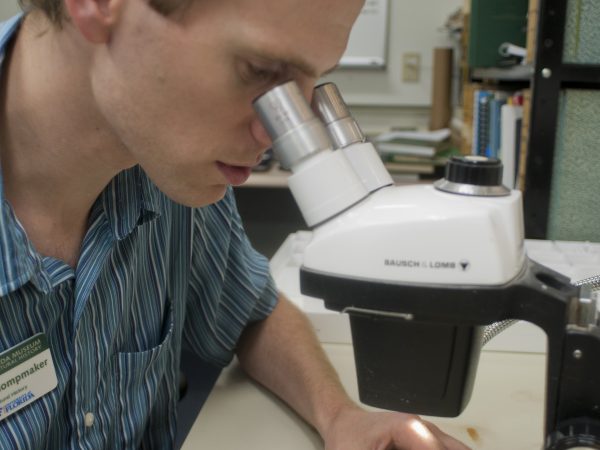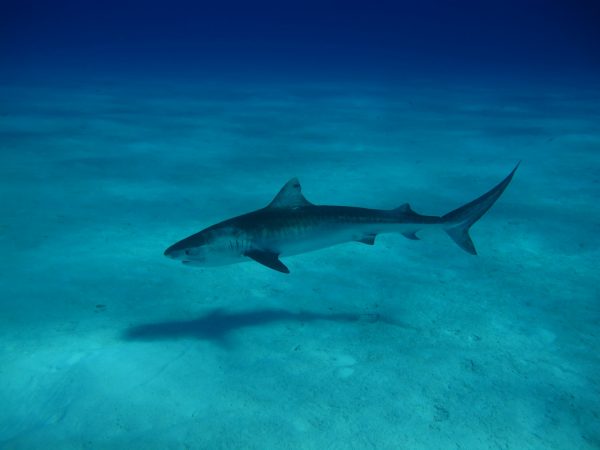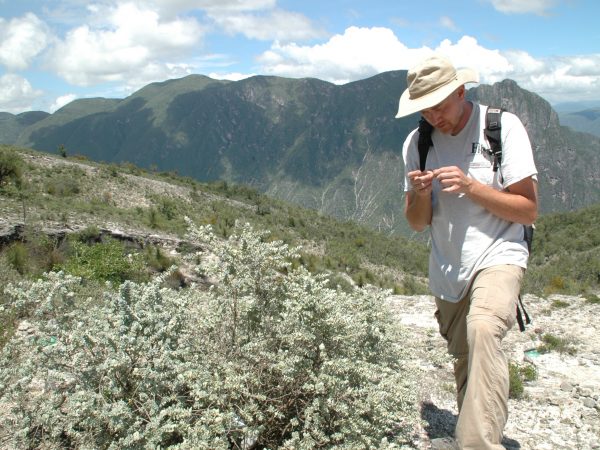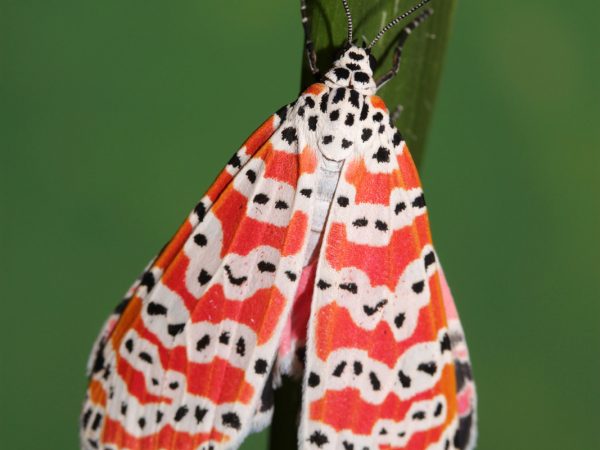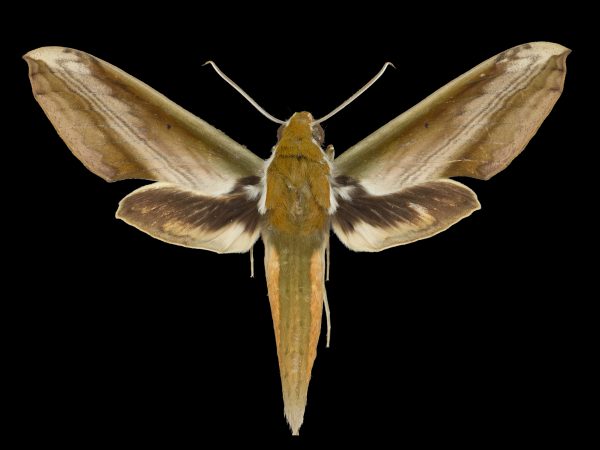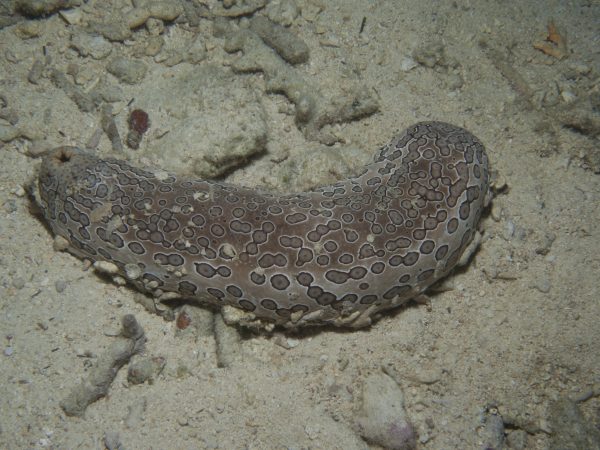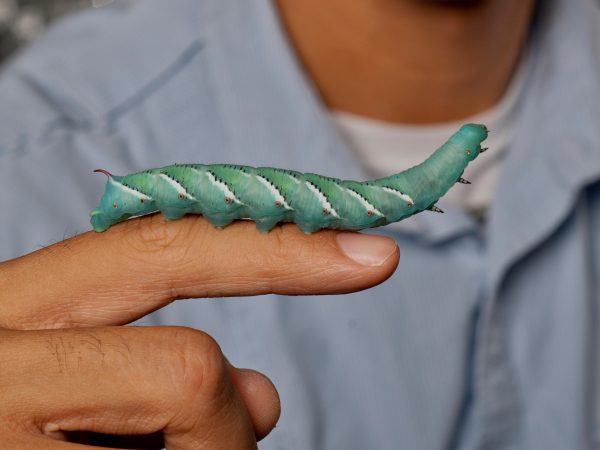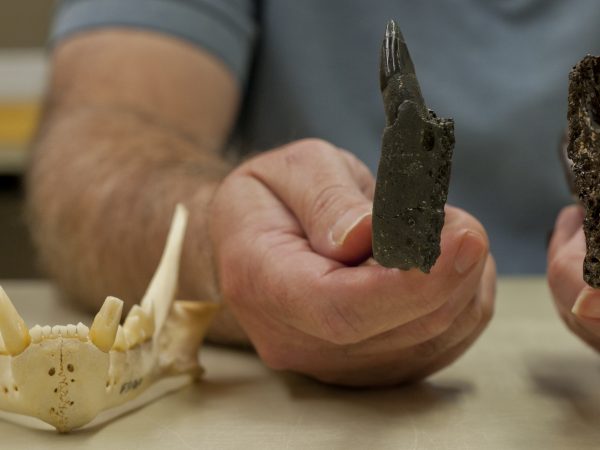World’s oldest-known grape fossils found in India
Mysterious unidentified fossilized seeds from India, donated to the Cleveland Museum of Natural History in 2005 and stored among the…
Read More
Panama shark, ray fossils shed light on ancient ocean connections
A new study led by Museum researchers provides evidence of an interchange between the Atlantic and Pacific oceans nine to…
Read More
Crustaceans vulnerable as coral reefs decline
Nearly 150 million years ago, many ancient crustaceans went extinct following a massive collapse of reefs across the planet, and…
Read More
Newly discovered tiger shark migration pattern might explain attacks near Hawaii
The migration of mature female tiger sharks during late summer and fall to the main Hawaiian Islands, presumably to give…
Read More
Scientists encounter holes in tree of life, push for better data storage
When it comes to public access, the tree of life has holes. A new study co-authored by University of Florida…
Read More
Exotic plants affect native moth
Florida Museum of Natural History researcher Andrei Sourakov has a soft spot for small, winged creatures, and an extraordinary commitment…
Read More
Study shows hawkmoths use ultrasound to combat bats
For years, pilots flying into combat have jammed enemy radar to get the drop on their opponents. It turns out…
Read More
Scientists classify threatened sea cucumbers
Sea cucumbers are among the most abundant animals on the planet, occupying waters from the tropical reefs to the Antarctic…
Read More
DNA study shows hornworm pests have Central American origins
Florida Museum of Natural History researchers have co-authored the first comprehensive study on the evolution of two agricultural pests commonly…
Read More
New 5-million-year-old Saber-toothed cat
After being stored in the Florida Museum of Natural History collections for 20 years, researchers have described a new genus…
Read More

